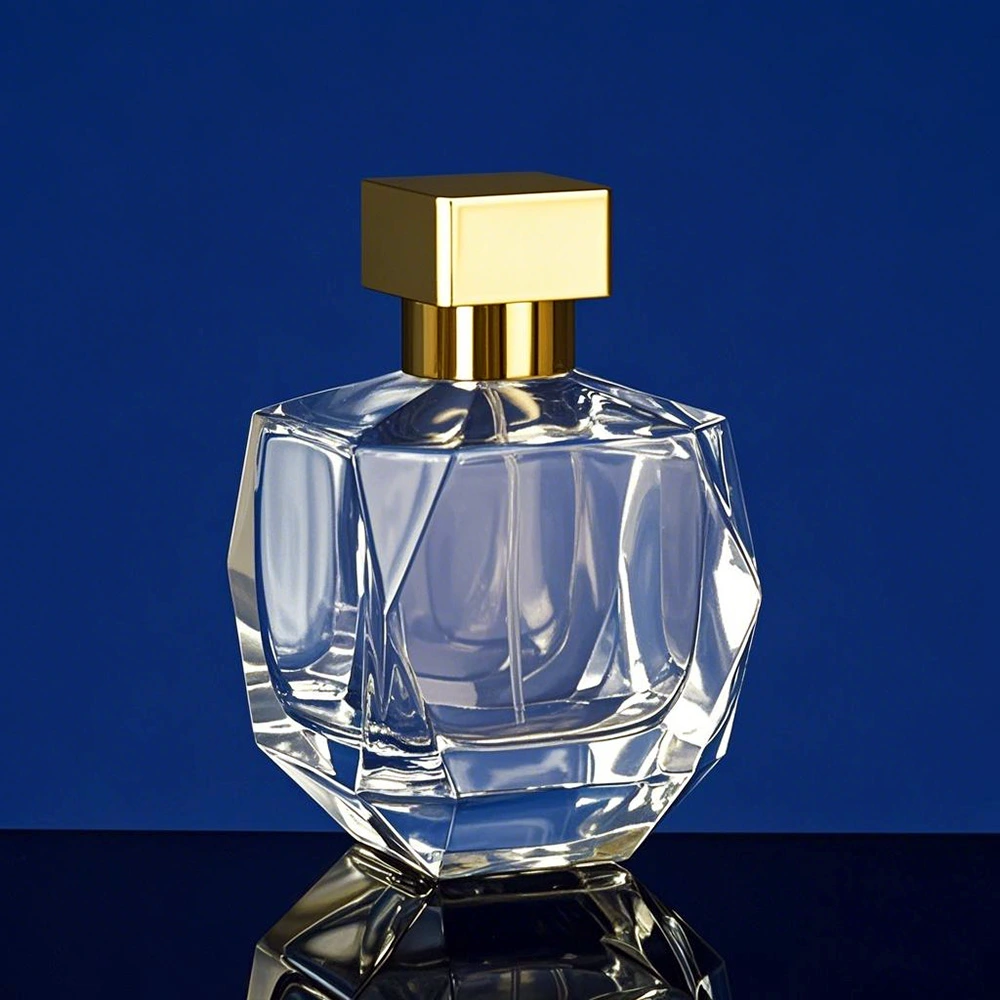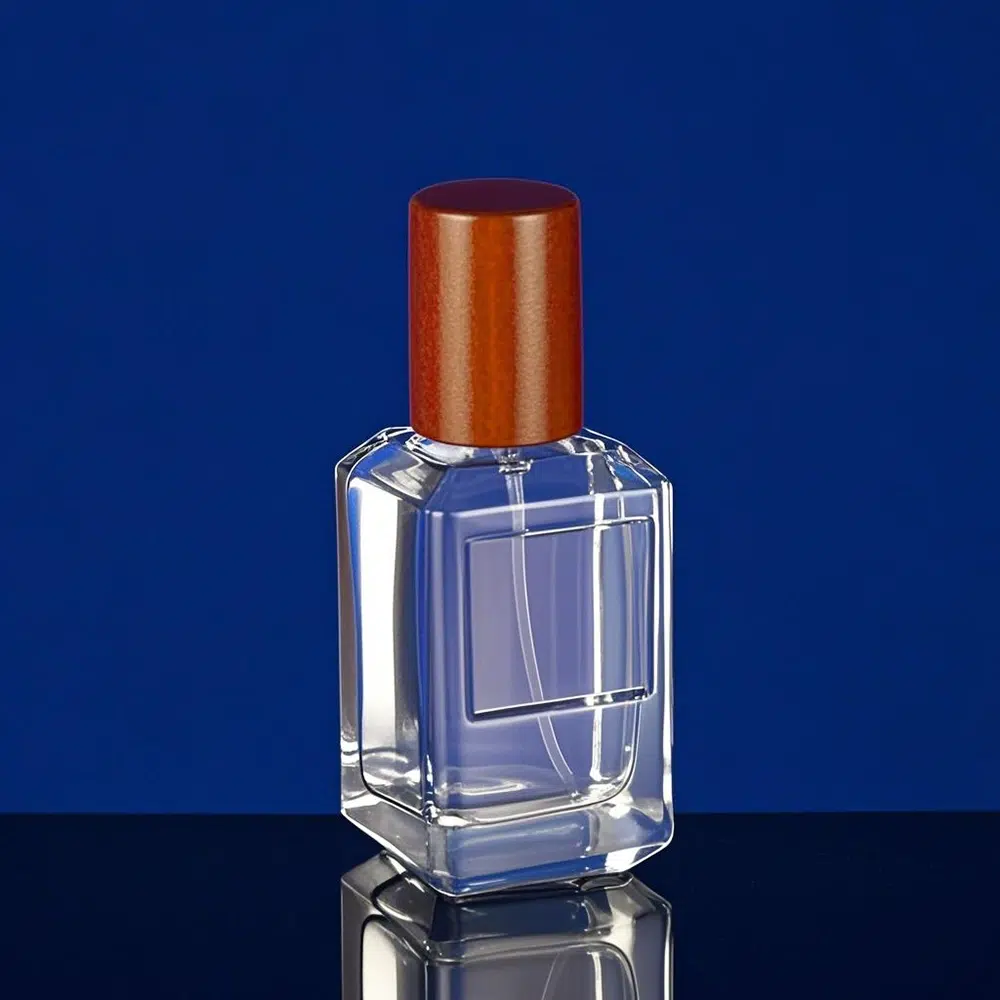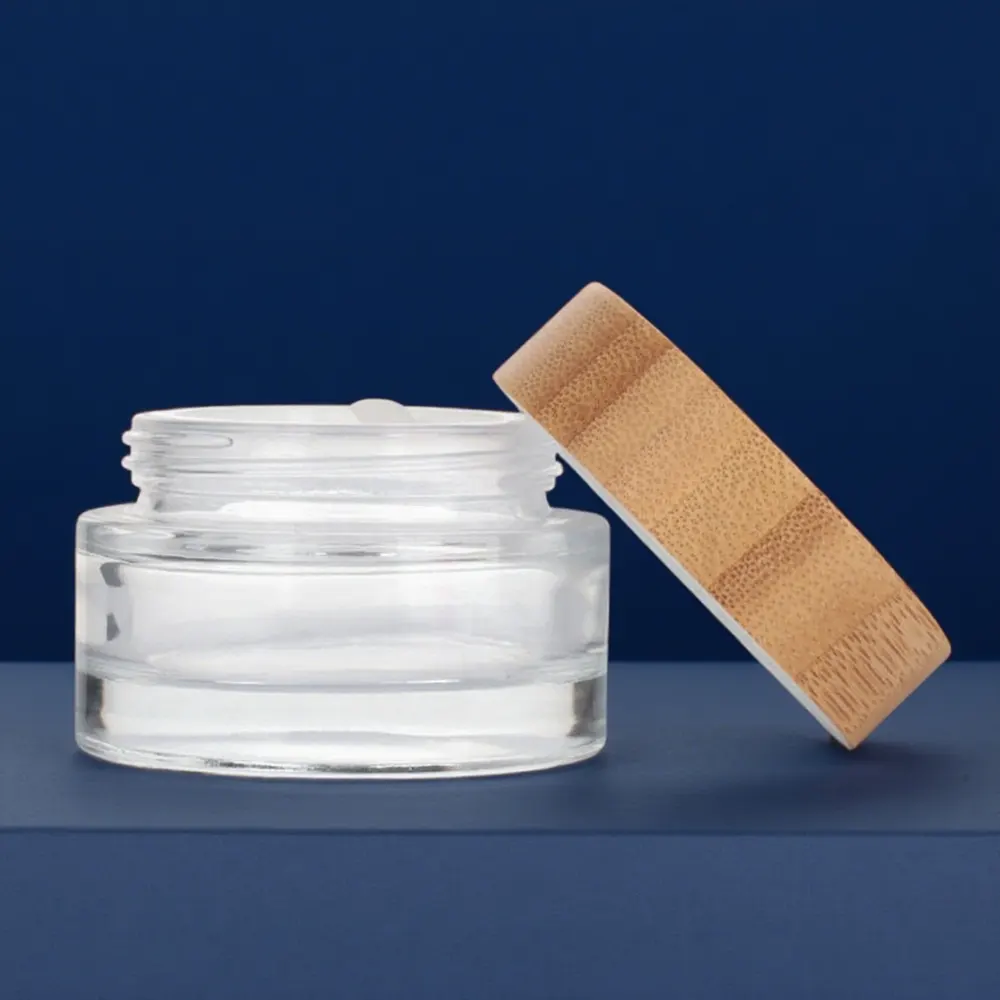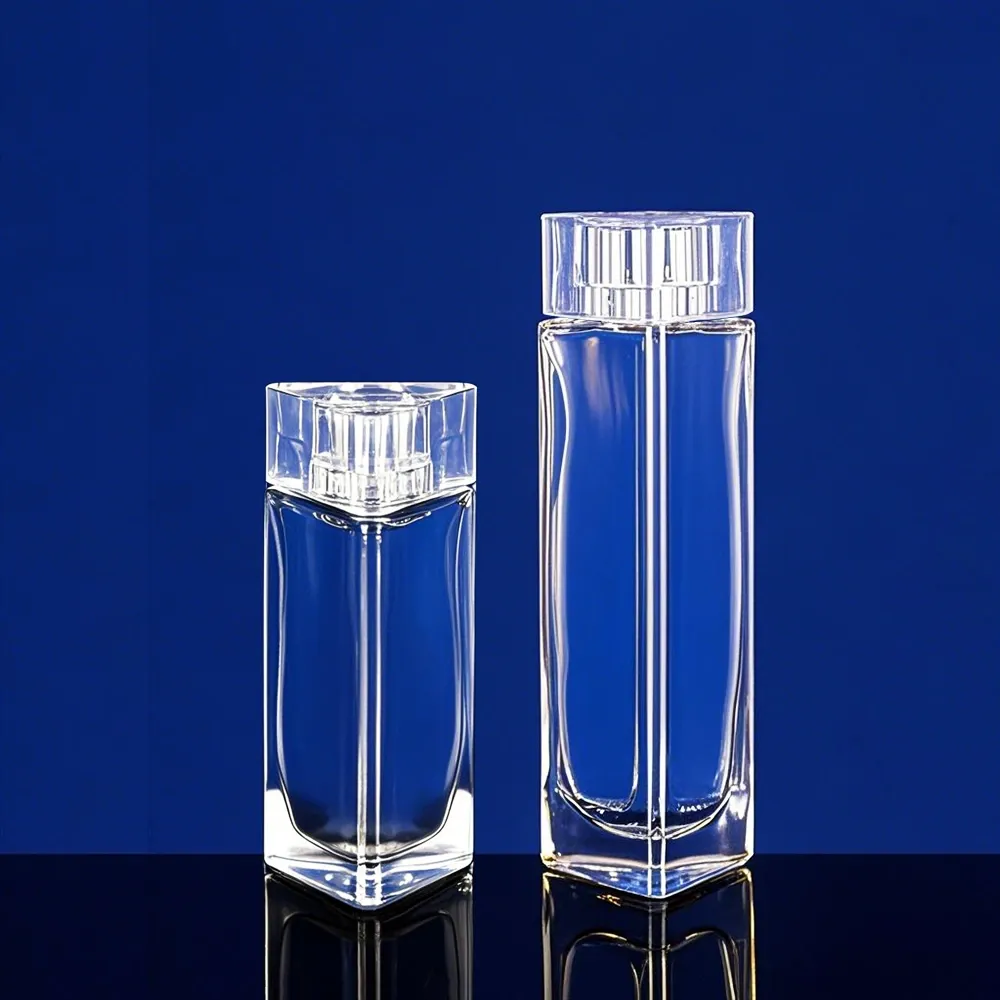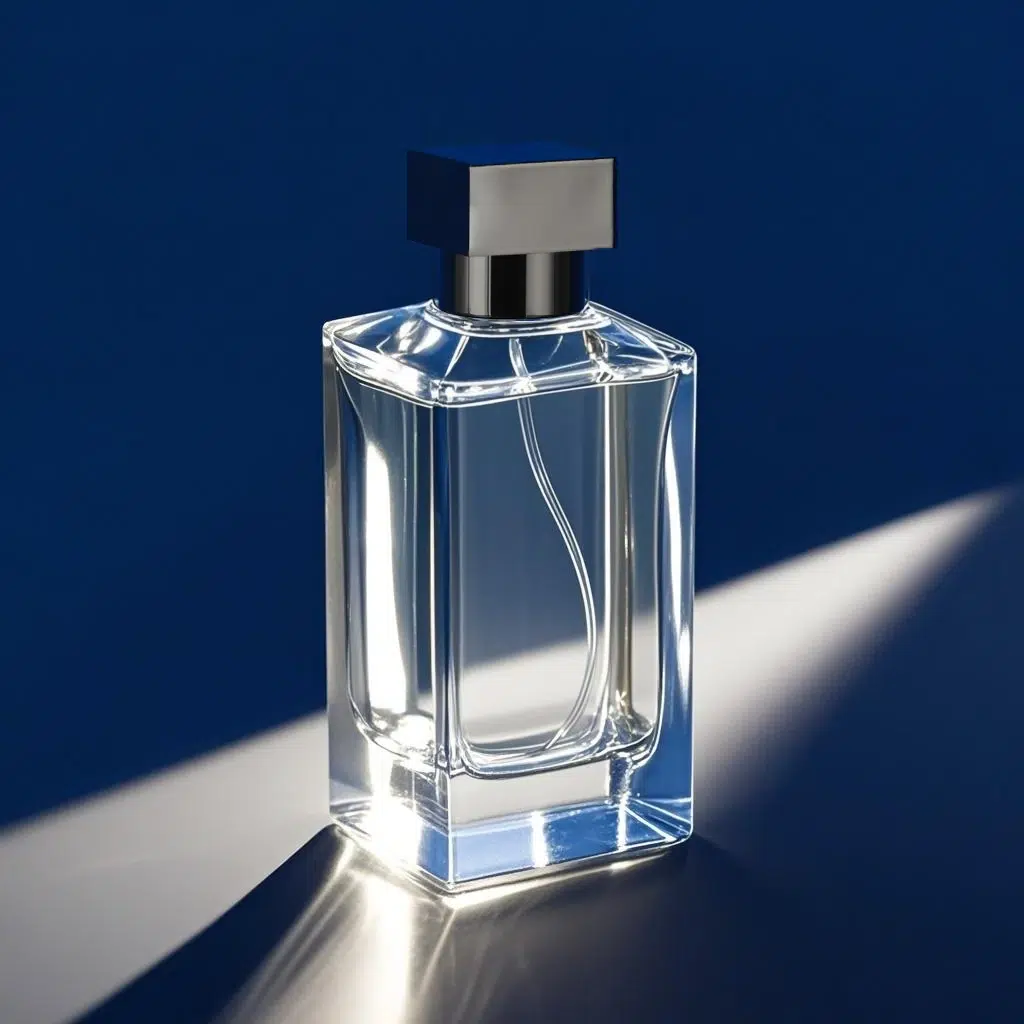
Personalizzazione di Consegne in Bulk di Bottiglie di Profumo per Marchi Private Label: Un Rapporto Completo
Table of Contents
Introduzione
Il mercato in espansione dei profumi a marchio privato rappresenta un'opportunità fondamentale per i marchi di costruire identità specifiche. Personalizzare i flaconi di profumo all'ingrosso è importante, poiché incarna l'essenza di un marchio. Questa guida delinea il quadro strategico per l'approvvigionamento di flaconi di profumo personalizzati, bilanciando estetica, prestazioni e costi.
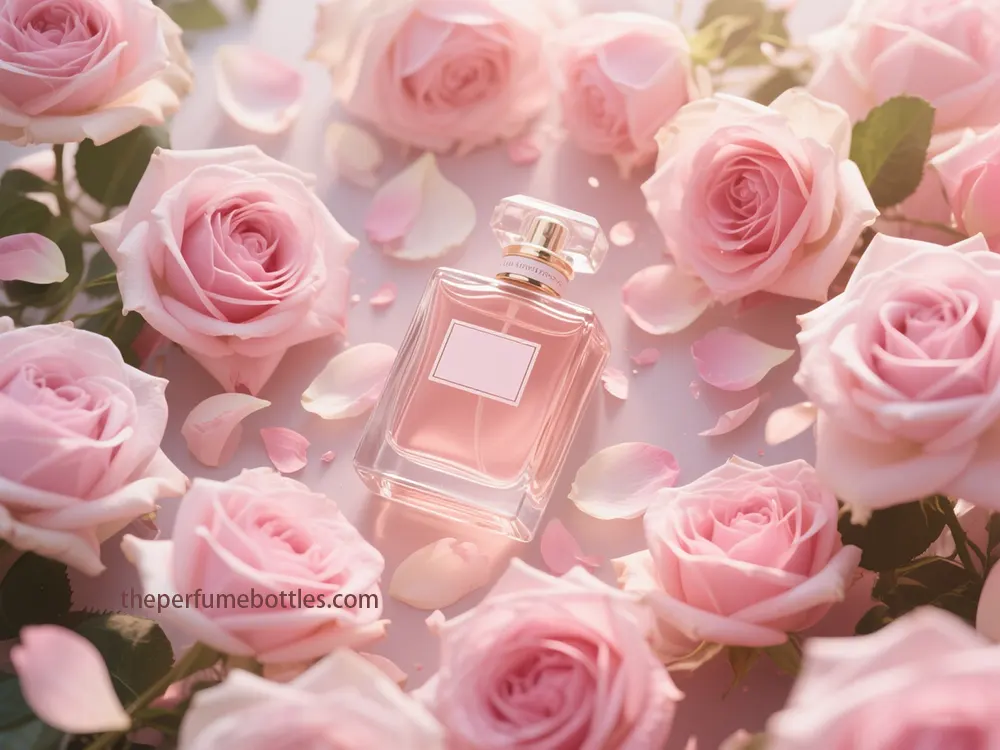
Get Free Samples
1. Valutazione dell'ambito del progetto e dei requisiti iniziali
La quantità minima ordinabile (MOQ) per i flaconi di profumo in vetro personalizzati varia notevolmente. I design completamente personalizzati richiedono generalmente dai 10.000 ai 30.000 pezzi. La personalizzazione di flaconi in magazzino con decorazioni leggere (ad esempio, un emblema) può comportare MOQ inferiori, a volte fino a 2.000 unità. Gli stampi esistenti richiedono spesso 5.000 pezzi, mentre quelli nuovi solitamente ne richiedono 10.000.
Ogni aspetto ha un suo MOQ specifico: GPB specifica flaconi in vetro a 10.000 pezzi a seconda del modello; decorazioni, stampa di emblemi e tappi per fragranze a 5.000 pezzi a seconda del colore/modello; spruzzatori a pompa a 10.000 pezzi a seconda del modello/colore; e contenitori per fragranze a 2.000 pezzi a seconda del modello. I tappi in legno all'ingrosso richiedono 3.000 pezzi per articolo/colore. La metallizzazione richiede in genere 10.000 pezzi per modello/colore.
Le tempistiche incidono sui quantitativi minimi d'ordine (MOQ) e sulla personalizzazione. La sola produzione delle bottiglie richiede dai 15 ai 30 giorni. Tuttavia, i tempi di consegna dei componenti completi si allungano: flaconi/tappi in vetro 45-50 giorni; pompe spray/scatole 25-30 giorni; decorazioni/stampa del logo 7-15 giorni. Pertanto, è necessario allineare i programmi di lancio, potenzialmente scaglionando gli ordini o optando per quantitativi minimi d'ordine più elevati per consegne più rapide.
2. Progettazione e sviluppo estetico
Questa fase traduce l'identità dell'emblema Vesseluxe nel packaging, integrando i design attuali e specificando forme, colorazioni e marchi specifici per tutti gli additivi.
2.1. Opzioni e tecniche di personalizzazione
I flaconi di profumo offrono un'ampia possibilità di personalizzazione: incisione, stampa, colori personalizzati e forme particolari. Le capacità vanno da 5 ml a 100 ml (alcune fino a 250 ml). Le forme sono varie: rettangolari, rotonde, quadrate, a forma di scarpa, a forma di cuore.
Le strategie di decorazione avanzate per un'esperienza eccezionale e costosa consistono in:
- Incisione laser: Precisione, robustezza, atossico, sostenibile, consente di realizzare senza indugio progetti elaborati sul vetro.
- Metallizzazione (PVD/UV): Aspetto metallico lucido e riflettente in varie colorazioni, migliora la resistenza superficiale e richiede regolarmente rivestimenti UV.
- Spruzzatura multicolore: Realizzabile su vetro e plastica per effetti vivaci.
- Stampa a rilievo/goffratura: Crea profondità tattile e texture, tipiche dei prodotti premium. Applicabile anche al packaging secondario.
- Stampa a caldo: Brillantezza metallica di alta qualità e lusso, durevole, resistente all'usura, all'umidità e agli agenti chimici, design dettagliato, piacevole al tatto.
- Serigrafia: Decorazione di alta qualità, durevole e vivace su vetro, plastica e metallo.
- Acquaforte: Sofisticati e intricati disegni realizzati su vetro tramite incisione ad acido o laser.
- Glassa: Elegante finitura opaca ottenuta tramite incisione acida, sabbiatura o verniciatura a spruzzo satinata.
- Elementi incorporati: Integrare la storia del marchio, i loghi o i design simbolici direttamente nella bottiglia per aumentarne il riconoscimento e conferirgli un'estetica unica.
2.2. Fattibilità e limitazioni di progettazione
Vesseluxe deve valutare la fattibilità. La compatibilità dei materiali è fondamentale (ad esempio, incisione laser su vetro, metalli, legno). La complessità del design, le forme uniche e i tappi personalizzati aumentano direttamente i costi di produzione. Alcune tecniche, come la stampa a secco, possono richiedere quantitativi minimi più elevati (ad esempio, 10.000 pezzi). La precisione del colore durante la cottura o l'applicazione delle decalcomanie può essere impegnativa.
2.3. Considerazioni sul packaging di lusso
- Materiali di prima qualità: Vetro di alta qualità (ad esempio, borosilicato ad alto tenore di carbonio), plastica di prima qualità e componenti metallici sono essenziali. Il vetro lucidato a mano, sebbene comporti un aumento dei costi fino al 40%, migliora significativamente la qualità percepita.
- Eleganti combinazioni di colori e tipografia raffinata: Trasmettere raffinatezza e rafforzare l'identità del marchio.
- Linguaggio di progettazione coerente: Tutti gli elementi del packaging devono creare un'identità visiva unitaria.
- Finiture di alta qualità: La stampa a caldo, la goffratura/debossing e i rivestimenti a contatto delicato impreziosiscono l'aspetto.
- Personalizzazione e personalizzazione: Loghi incisi, monogrammi in rilievo o etichette personalizzate offrono un'esperienza su misura e a prezzi elevati.
- Esperienza di unboxing: Un unboxing memorabile, possibilmente con un gadget a doppio strato, inserti di precisione e un funzionamento pulito, aumenta il prezzo percepito.
2.4. Tendenze e tecnologie emergenti
Vesseluxe deve tenere conto di alcune caratteristiche: personalizzazione, design sostenibile, collaborazioni creative e integrazione tecnologica. Gli elementi interattivi (ad esempio, la tecnologia di diffusione delle fragranze) devono garantire un coinvolgimento preciso del cliente.
3. Selezione dei materiali e considerazioni sulla sostenibilità
La scelta dei materiali influisce sulla durabilità, sulla percezione del marchio e sull'impatto ambientale.
3.1. Scelte dei materiali
I materiali in vetro più comuni includono il vetro borosilicato ordinario e quello ad alto contenuto di borosilicato. Il vetro è ideale per i marchi di fascia alta, ma è più pesante, fragile e costoso della plastica. Per l'imballaggio secondario si possono utilizzare acrilico, metallo, pelle o ceramica. Per il rivestimento interno, i fogli di plastica PS offrono un'alternativa economica, trasparente, resistente e riciclabile al PP o al PET.
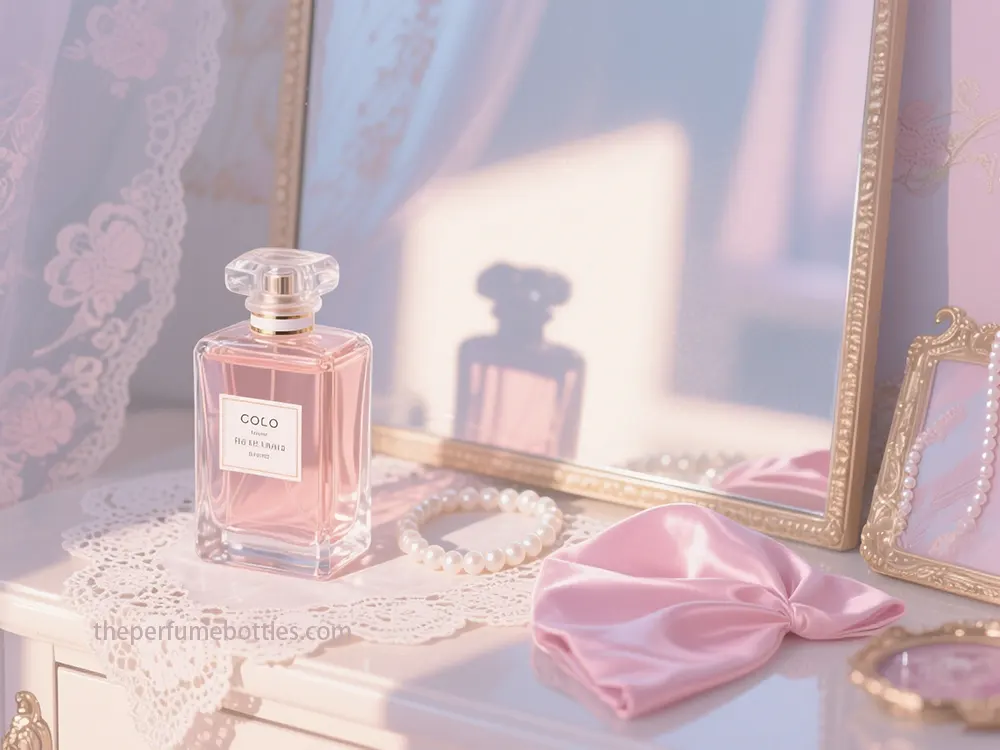
Get Free Samples
3.2. Imperativi di sostenibilità
Vesseluxe deve dare priorità alla sostenibilità, un fattore chiave del settore.
- Valutazione del ciclo di vita (LCA): Uno strumento completo per misurare l'impatto ambientale, dalle materie prime allo smaltimento, quantificando il consumo di risorse, le emissioni e i rifiuti. Lo strumento LCA di Quadpack misura 22 attributi.
- Quadro delle “5 R”: Estée Lauder Companies (ELC) utilizza materiali "riciclabili, ricaricabili, riutilizzabili, riciclati o recuperabili". Il loro obiettivo è un allineamento del packaging del 75-100%.
- Imballaggio ricaricabile: Altamente efficace. Una fragranza di lusso in un flacone di vetro riciclabile con una sola ricarica riduce le emissioni e il consumo di acqua del 20% rispetto a un flacone nuovo. I flaconi ricaricabili possono anche ridurre il peso dell'imballaggio del 40%.
- Contenuto riciclato: Gli imballaggi cosmetici in plastica riciclata al 100% possono ridurre l'impatto ambientale complessivo del 42-60%. Per il vetro, il contenuto riciclato (rottame di vetro) è una materia prima fondamentale.
- Riduzione dell'impatto sui materiali: Il polipropilene (PP) ha spesso l'impatto ambientale più basso tra le materie plastiche impiegate negli imballaggi cosmetici. I materiali di origine biologica possono avere effetti positivi, ma possono comportare un maggiore consumo di suolo e acqua.
- Riduzione del peso (alleggerimento): Una delle strategie più efficaci per ridurre l'impatto ambientale. L'LCA di Lumene ha mostrato un'impronta di carbonio inferiore del 38% per un barattolo leggero.
- Efficienza energetica: L'utilizzo del 100% di energia rinnovabile e la riduzione del 50% del consumo energetico nella produzione possono ridurre l'impatto ambientale complessivo rispettivamente del 9-17% e del 7-13%. La produzione del vetro è un'attività ad alta intensità energetica.
- Principi dell'economia circolare: Offrire opportunità di innovazione, tra cui sistemi ricaricabili, riciclo creativo dei rifiuti profumati e progettazione per la biodegradabilità/compostaggio.
- Punti critici nelle emissioni di carbonio: Le materie prime per il trasporto e l'imballaggio contribuiscono in modo significativo: le materie prime per l'imballaggio rappresentano fino al 35% dell'impatto ambientale complessivo di un prodotto.
4. Strategia di approvvigionamento dei fornitori e partnership
Criteri di verifica completi: il rigoroso processo di verifica di Vesseluxe dovrebbe includere:
4.1. Audit dei fornitori
Liste di controllo dettagliate che coprono gestione, infrastrutture, igiene, tracciabilità, controllo dei materiali e sistemi di qualità di produzione. Le firme digitali possono convalidare gli audit.
- Sistemi di gestione della qualità (SGQ): Dare priorità alla certificazione ISO 9001 per la gestione tecnica e lo sviluppo continuo. Fondamentale è anche la certificazione ISO 14001 per il controllo ambientale.
- Conformità GMP: Garantire la conformità alle buone pratiche di fabbricazione (GMP), in particolare alla norma ISO 22716 per i cosmetici.
- Approvvigionamento etico e standard di lavoro: Verificare la conformità con SEDEX, BSCI e Fair Trade.
- Verifiche dei precedenti: Verificare le licenze di esportazione, l'esperienza aziendale e le referenze degli acquirenti.
- Revisione della documentazione: Richiedere e valutare certificati ISO, rapporti di ispezione.
- Ispezione della struttura: Eseguire sopralluoghi online in loco per rilevare i rischi e assegnare misure correttive. I controlli per il terzo compleanno sono altamente consigliati per ordini di alto valore o per la prima volta.
- Monitoraggio delle prestazioni: Monitoraggio continuo, insieme a verifiche e valutazioni quotidiane, per valutare la tutela della proprietà intellettuale e la conformità agli accordi.
- Quadri di valutazione del rischio: Utilizzare metodologie consolidate per percepire, verificare, gestire e visualizzare i pericoli per i fornitori. Il framework EPIC (Economia, Politica, Infrastruttura e Competenza) può indagare la prontezza della catena di distribuzione internazionale.
4.2. Capacità produttiva e capacità di ricerca e sviluppo
- Scalabilità: Valutare la capacità produttiva per la scalabilità.
- Servizi end-to-end: Determina se il produttore offre servizi completi (sviluppo della formula, approvvigionamento del packaging, riempimento, etichettatura) o solo prodotti sfusi. Newray offre servizi completi.
- Competenza nella personalizzazione: Valutare la loro capacità di fornire finiture personalizzate (incisione, colore sfumato, chiusure uniche) e il loro processo di comunicazione prototipo/MOQ.
- Attrezzature moderne: Verificare le attrezzature moderne e le linee di produzione automatizzate.
4.3. Tutela della proprietà intellettuale (PI)
Proteggere i design e il marchio Vesseluxe è di fondamentale importanza.
- NDA e accordi di riservatezza: Attuare accordi di non divulgazione (NDA) e clausole di riservatezza rigorosi in tutti i contratti.
- Chiara proprietà IP: Definire la proprietà della proprietà intellettuale nel contratto, distinguendo tra proprietà intellettuale preesistente e di nuova creazione.
- Controlli di accesso: Implementare rigorosi controlli di accesso per gli IP sensibili all'interno dell'organizzazione del produttore.
- Formazione dei dipendenti: Assicurarsi che il produttore formi i dipendenti sulla tutela della proprietà intellettuale.
- Monitoraggio e applicazione: Stabilire un monitoraggio continuo e audit regolari per la conformità contrattuale e la tutela della proprietà intellettuale.
- Catene di fornitura sicure: Valutare la protezione dell'intera catena di distribuzione, compresi i subappaltatori, e richiedere il rispetto dei requisiti di sicurezza della proprietà intellettuale.
- Trasferimento tecnologico: Regolamentare il volume in base al quale il produttore supporta il cambio di generazione, i documenti di risorse o le licenze IP.
4.4. Accordi contrattuali e garanzie legali
Per mitigare il rischio è importante stipulare contratti solidi.
- Termini chiari: Definisci tutti i termini: prezzi, ruoli, obblighi, specifiche del prodotto, requisiti gradevoli, tempi, addebiti e decisioni sulle controversie.
- Accordi di produzione: Utilizzare accordi di produzione completi per sequestrare statistiche penali, operative e monetarie.
- Clausole chiave: Includere clausole su dichiarazioni, ambito, diritti di proprietà intellettuale, riservatezza, listini prezzi, risoluzione/rinnovo, responsabilità, garanzia del prodotto, violazione dell'accordo, trasferimento della produzione, copertura, indennizzo e contestazione della responsabilità legale.
- Autorità legale: Verificare l'autorità carceraria e la capacità di tutti gli eventi contrattuali.
- Richiami di prodotti: Informarsi sui ricordi di qualsiasi prodotto negli ultimi 3 anni.
- Conformità alle leggi: Assicurarsi che i fornitori rispettino tutte le linee guida e le normative legali pertinenti.
4.5. Termini di pagamento e gestione del rischio finanziario
La negoziazione strategica dei tempi di pagamento è fondamentale per la gestione del denaro e il controllo del rischio.
- Negoziazione: Comprendere e negoziare strategicamente le clausole tariffarie, considerando il loro effetto sul flusso di cassa e sulle relazioni.
- Incoterms: Comprendere gli Incoterms per le tariffe e i rischi del trasporto internazionale.
- Affidabilità creditizia: Valutare l'affidabilità creditizia del produttore; richiamare l'assicurazione crediti commerciali (TCI).
- Termini comuni: Familiarizzare con le varie frasi di addebito (ad esempio, Net 7/10/30/60/90, EOM, PIA/CIA/CWO, CBS, COD, CND) e frasi di sconto.
- Metodi di pagamento: Si considerino le monete in anticipo (CIA), il contante sui trasporti (COD), il pagamento anticipato e i pagamenti rateali.
- Pagamenti internazionali: Per le fatture estere, monitorare le capacità e assicurarsi della conformità alle linee guida economiche e normative.
- Finanziamento commerciale: Esplora opzioni come il finanziamento delle fatture, il finanziamento degli ordini di acquisto e le lettere di credito.
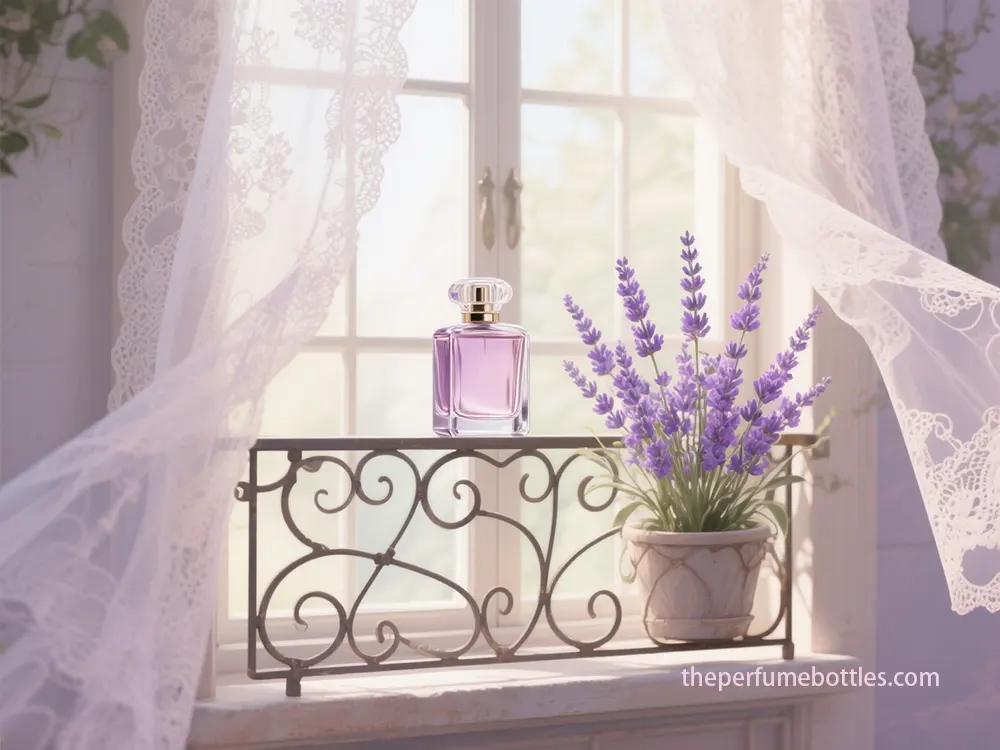
Get Free Samples
4.6. Comunicazione e consapevolezza del settore
- Comunicazione chiara: Stabilire una conversazione chiara e frequente con i produttori degli accordi.
- Tendenze del settore: Rimani aggiornato sugli sviluppi in ambito beauty (eG, bellezza pulita, prodotti personalizzati) e sulle normative più restrittive (eG, MoCRA negli Stati Uniti).
- Normative ambientali: Informatevi sui requisiti governativi locali in materia di rifiuti e inquinamento atmosferico nel sito di produzione.
5. Processo di produzione, controllo qualità e gestione dei tempi di consegna
La produzione richiede un controllo rigoroso e impeccabile e una gestione efficace dei tempi di consegna per rispettare i programmi di consegna di Vesseluxe.
5.1. Tempi di produzione
Le istanze di lead variano in base all'aspetto e alla fase di personalizzazione. Comprendere queste tempistiche è fondamentale per Vesseluxe:
- Bottiglie di vetro: 45-50 giorni (per 10.000 pezzi/modello)
- Tappi per profumi: 45-50 giorni (per 5.000 pezzi/modello/colore)
- Pompe irroratrici: 25-30 giorni (per 10.000 pezzi/modello/colore)
- Scatole di profumi: 25-30 giorni (per 2.000 pezzi/stile)
- Decorazione: 10-15 giorni (per 5.000 pezzi/colore)
- Stampa del logo: 7-10 giorni (per 5.000 pezzi/logo)
GPB offre servizi completi di progettazione, produzione e trasporto, sfruttando l'esperienza per gestire queste tempistiche.
5.2. Punti di controllo critici della qualità
Un controllo qualità efficace garantisce prodotti funzionali ed esteticamente gradevoli, riducendo al minimo gli sprechi e mantenendo la competitività.
- Ispezione delle materie prime: Test rigorosi su sabbia silicea, carbonato di sodio, calcare e rottame di vetro per verificarne purezza, consistenza e composizione chimica. Le impurità causano difetti.
- Monitoraggio in tempo reale: Alcuni produttori dispongono di personale di controllo qualità in loco 24 ore su 24, 7 giorni su 7, per monitorare le variazioni e intervenire rapidamente.
- Ispezione automatizzata: Le bottiglie passano attraverso macchine di ispezione automatiche e dotate di telecamere per verificare la presenza di difetti nel corpo, nella finitura del collo, di bolle e di corpi estranei.
- Camera di ricottura: Le bottiglie vengono sottoposte a riscaldamento e raffreddamento graduali per ridurre lo stress del vetro.
- Campionamento Hot-End: Gli operatori eseguono controlli dimensionali subito dopo la formatura.
- Rifiuto della merce: il rifiuto automatico della merce hot-end garantisce la qualità.
- Controllo qualità post-produzione: Un campione di bottiglie confezionate viene sottoposto a controllo qualità per individuare eventuali difetti dopo l'imballaggio con pellicola termoretraibile.
- Controlli visivi e fisici: Dopo l'ispezione elettronica e prima della pallettizzazione, vengono effettuati controlli di routine sulla linea di produzione per verificare la conformità e l'assenza di difetti.
- Punti chiave del controllo qualità: Il monitoraggio include anti-shock termico, stress interno, superficie interna, finitura della bocca della bottiglia, foro/collo, pendenza della finitura, crepe superficiali, bolle d'aria, levigatezza della superficie, visibilità delle giunzioni dello stampo, graffi di gatto e impronte di taglio con forbici.
- Precisione dimensionale: I controlli includono la capacità nel punto di riempimento, il peso, il diametro esterno/ovalità, l'asse verticale, l'altezza della bottiglia e lo spessore della parete laterale/base. La deviazione dell'asse verticale non deve superare 1,5 mm per le bottiglie inferiori a 120 mm; 3,5 mm per quelle superiori a 300 mm.
- Etichettatura: Vengono monitorati l'esattezza delle superfici delle etichette, l'integrità dei parametri BVS e la resilienza del rivestimento superficiale.
- Monitoraggio del tappo a vite: Parametri chiave come ponti (coppia), rivestimenti, colori/grafica, bordi della gonna del cappuccio e gestione post-produzione vengono monitorati attentamente.
- Classificazione dei difetti: Le imperfezioni vengono classificate in difetti critici, maggiori e minori, con livelli AQL (limite di qualità accettabile) stabiliti. GPBottles classifica i difetti come ipercritici (inutilizzabili), critici (pericolo per la sicurezza), maggiori (malfunzionamento) e minori (estetici).
- Origine del materiale e controllo del colore: L'origine della pietra nel vetro viene determinata tramite confronto visivo. Per il vetro colorato, uno spettrofotometro misura la lunghezza d'onda dominante, la purezza e la luminosità.
- Audit dei fornitori e controlli in entrata: Gli audit garantiscono la familiarità con i metodi di controllo dei processi dei fornitori di materie prime. I controlli in entrata confermano la natura e la quantità dei materiali e convalidano i certificati di conformità.
- Controlli del trattamento superficiale: Garantire l'uniformità della finitura superficiale e il rispetto delle specifiche di progettazione.
5.3. Protocolli e apparecchiature di prova
- Misuratori di spessore delle pareti: Per l'ottimizzazione dello spessore del materiale.
- Controlli del rivestimento: Test del nastro sui rivestimenti e controlli con tessuto bianco/luce intensa per individuare eventuali difetti.
- Report dimensionali: Sei campioni casuali sono stati misurati per diametro, altezza, volume di riempimento e peso.
- Test di tenuta: Eseguito su campioni di bottiglie.
- Test di oscillazione: Campioni posizionati su una superficie piana per verificare eventuali oscillazioni.
- Test di shock termico: Le bottiglie devono resistere a sbalzi di temperatura improvvisi (ad esempio 45°C, testate da 65°C a 20°C). La norma EN ISO 7459:2004 specifica i metodi.
- Resistenza alla decorazione: Le bottiglie devono resistere a processi di decorazione consecutivi fino a 583°C.
- Tolleranza al peso: Scalato in base al peso dell'articolo.
- Analisi del gas: Gli spettrometri di massa quadrupolari portatili identificano i gas componenti nelle bolle per determinarne l'origine.
- Analisi della composizione: La spettrometria a fluorescenza a raggi X evidenzia le fonti di materiale estraneo e determina le misure correttive.
5.4. Analisi dei difetti e identificazione della causa principale
- Difetti comuni: I difetti possono verificarsi durante la produzione, la ricottura o il trasporto, con una frequenza che varia dal 15 al 40%.
- Sviluppo delle bolle: Le cause principali includono l'applicazione dell'etichetta, le condizioni ambientali, i difetti nella geometria della bottiglia e la contaminazione dell'olio.
- Difetti correlati alla muffa: Capacità insufficiente/eccessiva, problemi di linea di giunzione, deterioramento della levigatezza della superficie, dimensioni del collo non conformi e spessore non uniforme. Stampi ad alta precisione e linee automatizzate ottimizzano la qualità.
- Analisi della causa principale (RCA): Quick Kaizen e RCA identificano le cause profonde dei difetti del vetro Glass Technology Services (Glass TS) offre competenze nell'analisi della composizione del vetro e nell'identificazione delle cause dei difetti.
5.5. Servizi di ispezione di terze parti
Vesseluxe dovrebbe valutare l'opportunità di ispezioni di controllo qualità di terze parti per una riduzione dei rischi economicamente vantaggiosa. Questi servizi offrono diverse tipologie di ispezione:
- Controllo iniziale della produzione (IPC): Prima della produzione di massa.
- Durante il controllo di produzione (DUPRO): Durante la produzione.
- Ispezione casuale finale (FRI) / Ispezione pre-spedizione (PSI): Prima della spedizione.
- Supervisione del carico dei container (CLS): Durante il carico del container.
- Audit del produttore: Valutazione dei sistemi della fabbrica.
- Audit sociali: Valutare le pratiche di lavoro etiche.
- Campionamento casuale del prodotto: Per la verifica della qualità. I punti di controllo dell'ispezione riguardano quantità, marchi di spedizione, imballaggio, etichette, loghi, colori, stili, misure, test di sicurezza/funzionalità in loco e requisiti speciali.
6. Ottimizzazione della logistica e della catena di fornitura
La movimentazione e lo stoccaggio efficienti delle bottiglie personalizzate sono essenziali per l'integrità del prodotto, la riduzione dei costi e la continuità della fornitura.
6.1. Migliori pratiche di gestione dell'inventario
- Monitoraggio dell'inventario in tempo reale: Il software basato su cloud fornisce dati in tempo reale, prevenendo la formazione di scorte eccessive o incomplete.
- Previsione della domanda: Utilizzando dati storici di vendita, trend di mercato e fluttuazioni stagionali, è possibile prevedere la domanda futura. L'analisi predittiva anticipa i picchi, consentendo di pianificare le scorte e i canali di distribuzione.
- Gestione delle relazioni con i fornitori: Rapporti solidi e collaborativi garantiscono una fornitura costante di materie prime e imballaggi personalizzati.
- Produzione Just-in-Time (JIT): Sebbene siano difficili da realizzare per i componenti personalizzati, i principi JIT possono ridurre al minimo i tempi di stoccaggio e preservare l'efficacia della fragranza. Per il confezionamento, un approccio JIT modificato potrebbe prevedere scorte di sicurezza strategiche.
- Scorta di sicurezza: Mantenere scorte di sicurezza adeguate per i componenti critici, per far fronte a richieste o interruzioni impreviste.
- Inventario gestito dal fornitore (VMI): Esplora i modelli Vendor-Managed Inventory (VMI) in cui i fornitori gestiscono l'inventario di Vesseluxe per ottimizzare le scorte e ridurre i costi di trasporto.
- Gestione dell'obsolescenza: La gestione proattiva del ciclo di vita degli imballaggi personalizzati evita sprechi e costi derivanti da scorte obsolete dovute a modifiche di progettazione/cambiamenti del mercato.
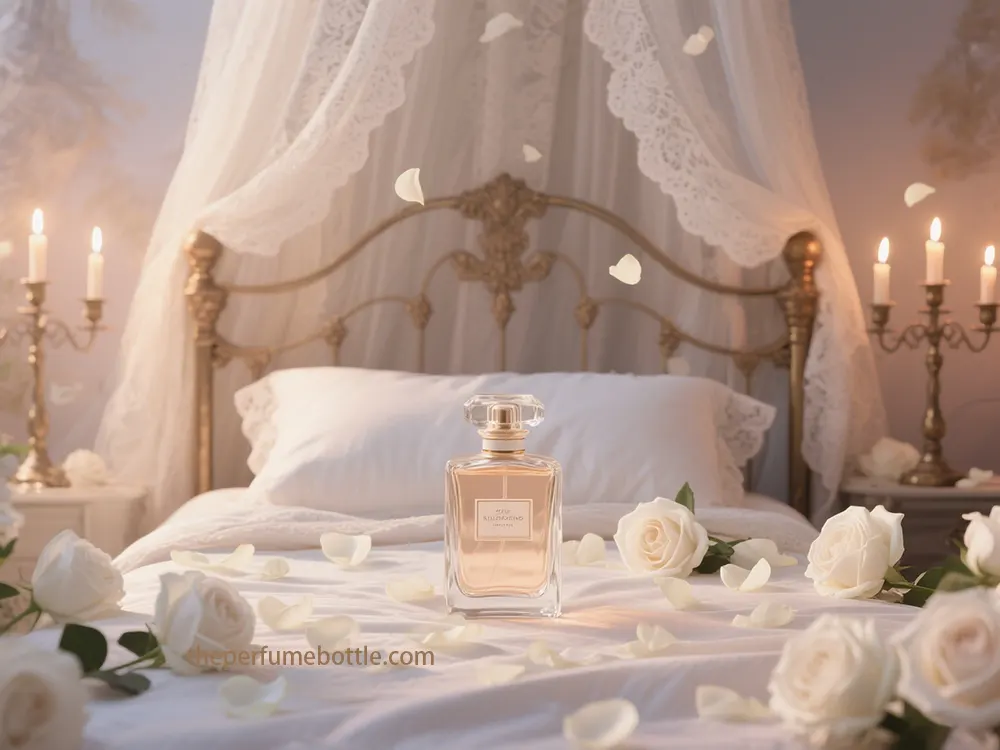
Get Free Samples
6.2. Visibilità e tecnologia della catena di fornitura
- Sistemi informativi: I sistemi avanzati forniscono visibilità in tempo reale sull'intera catena di fornitura per la comunicazione, la gestione e il controllo.
- Sistemi di tracciamento avanzati: Le tecnologie RFID e GPS consentono il monitoraggio delle spedizioni in tempo reale, garantendone l'autenticità e la consegna puntuale.
- Tecnologia Blockchain: Può offrire ai clienti un percorso verificabile del prodotto, dalla distillazione alla consegna, migliorando la trasparenza e la fiducia.
- Internet delle cose (IoT): Consente il monitoraggio in tempo reale dei prodotti e delle condizioni di stoccaggio, garantendo temperature ottimali per le materie prime e i prodotti finiti.
6.3. Considerazioni sulla logistica e sui trasporti
- Fornitori di servizi logistici di terze parti (3PL): La collaborazione con i 3PL garantisce un controllo completo della catena di distribuzione (scorte, magazzinaggio, imballaggio, trasporto, monitoraggio), consentendo a Vesseluxe di concentrarsi sulle capacità intermedie, sfruttando al contempo l'esperienza e la capacità scalabile dei 3PL.
- Servizi di imballaggio specializzati: Le soluzioni logistiche dovrebbero includere imballaggi specializzati che proteggano le delicate bottiglie di profumo e mettano in mostra il logo (ad esempio, bottiglie a doppia parete, scatole imbottite).
- Controllo della temperatura: I componenti dei profumi e i prodotti finiti sono piuttosto sensibili alla temperatura, alla luce e alla contaminazione. Ambienti con temperatura controllata sono fondamentali per preservare l'integrità del profumo.
- Conformità normativa: La competenza nelle complesse linee guida di importazione/esportazione evita ritardi/conseguenze costosi.
- Procedure doganali e spedizioni: Per le spedizioni internazionali è importante gestire in modo efficiente le procedure doganali e avvalersi di spedizionieri affidabili.
Conclusione
Vesseluxe è il partner ideale per i marchi di private label che desiderano creare flaconi di profumo personalizzati che uniscano stile, funzionalità e sostenibilità. Offriamo una vasta esperienza nella progettazione e produzione di flaconi di profumo di alta qualità, personalizzabili e su misura per le esigenze specifiche di ogni marchio. Con un'attenzione particolare a materiali innovativi come il vetro borosilicato e le bioplastiche, garantiamo che i vostri flaconi di profumo riflettano sia il lusso che la consapevolezza ambientale.
Ciò che distingue Vesseluxe è la nostra capacità di trasformare le visioni creative in realtà. Utilizziamo tecnologie avanzate per offrire design complessi, texture elaborate e opzioni di personalizzazione personalizzate, consentendo ai marchi di creare packaging su misura che si allineano perfettamente alla loro identità. I nostri processi ad alta tecnologia garantiscono che ogni bottiglia sia realizzata con precisione e cura, garantendo sia un'estetica accattivante che una durata superiore.
Inoltre, Vesseluxe fornisce un supporto completo durante tutto il processo produttivo. Dall'ideazione alla consegna finale, garantiamo un'esperienza fluida ed efficiente con tempi di consegna trasparenti, piani logistici e accordi di garanzia. Diamo inoltre priorità alla sostenibilità, utilizzando materiali ecocompatibili come il vetro riciclato e offrendo opzioni di design leggere che riducono i costi di trasporto e l'impatto ambientale.
La nostra flessibile capacità produttiva, unita a rigorosi processi di controllo qualità, ci consente di gestire sia ordini di piccole che di grandi dimensioni senza compromettere la qualità. Ogni bottiglia viene sottoposta a più cicli di ispezione per soddisfare i più elevati standard del settore, garantendo che i vostri prodotti vengano consegnati senza difetti e nei tempi previsti.
Per i marchi private label che cercano un vantaggio competitivo nel mercato dei profumi, Vesseluxe offre il perfetto equilibrio tra innovazione, sostenibilità e qualità. Grazie alla nostra dedizione all'artigianalità, alla sostenibilità e alla soddisfazione del cliente, siamo la scelta migliore per aiutarvi a creare i flaconi di profumo personalizzati perfetti, che lasceranno un'impressione duratura sui vostri clienti e valorizzeranno il vostro marchio.
Comments
Product Categories
Hot Sale Bottles
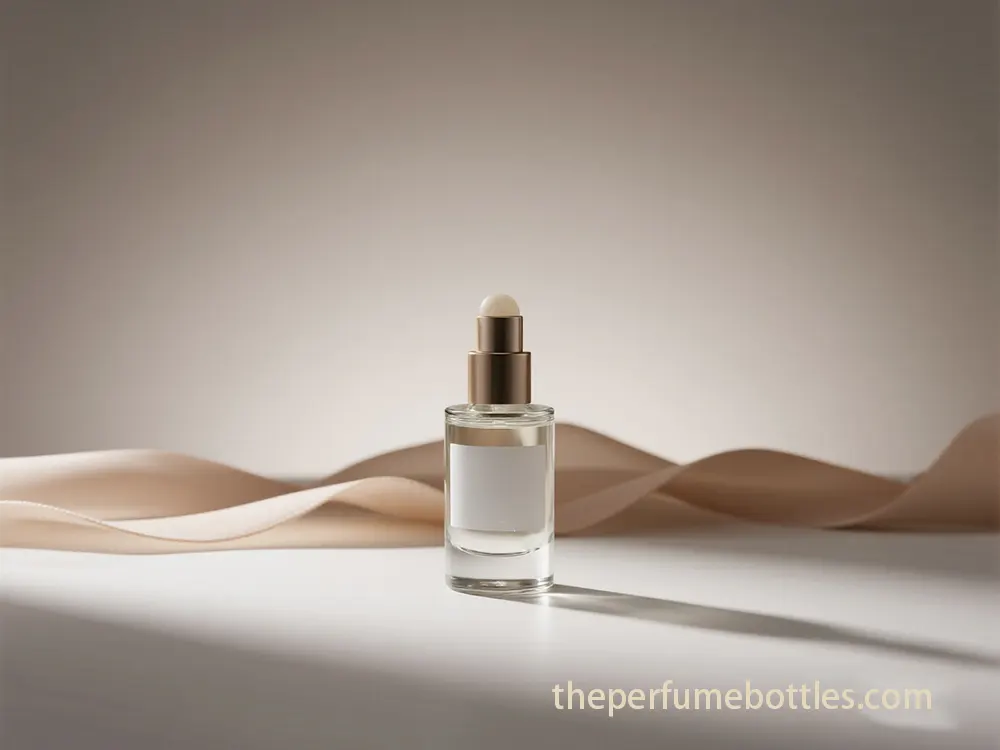
Flaconi di profumo roll-on vuoti: progettazione per l'integrità del prodotto e prestazioni a prova di perdite
Scopri come i flaconi di profumo roll-on vuoti garantiscono integrità e tenuta stagna grazie a materiali avanzati, ingegneria di precisione e sigillatura intelligente.
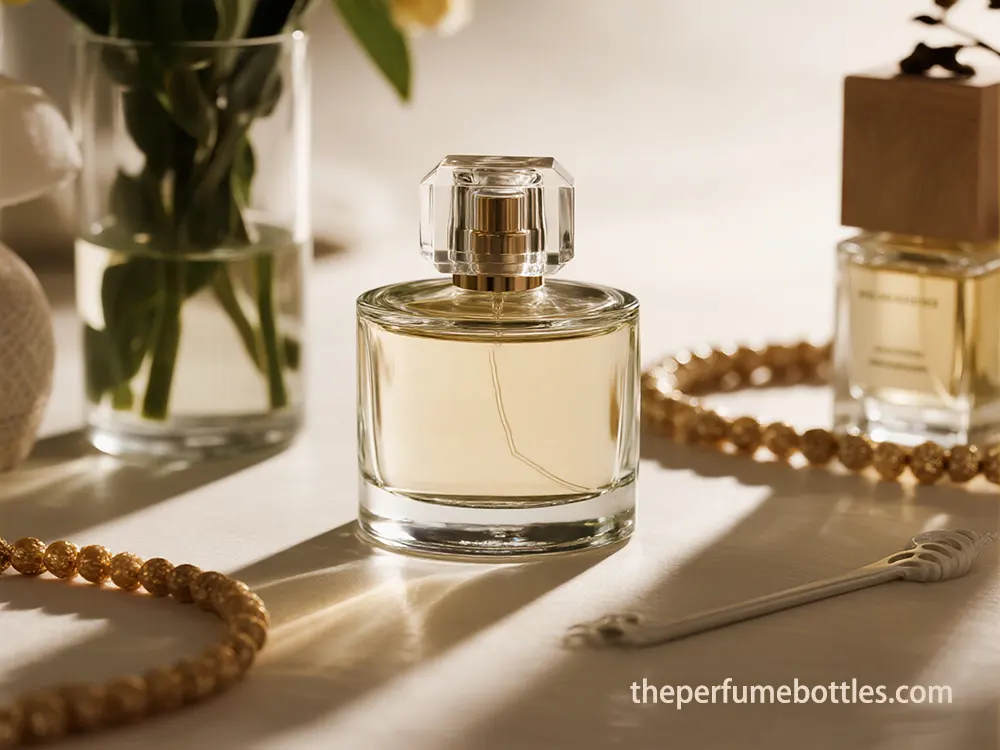
Un quadro strategico per la selezione di un fornitore di flaconi di profumo in vetro
Trova il tuo fornitore strategico di flaconi di profumo in vetro con questa guida, che mostra come il partner giusto aumenta la velocità e la crescita scalabile dei marchi di profumi.
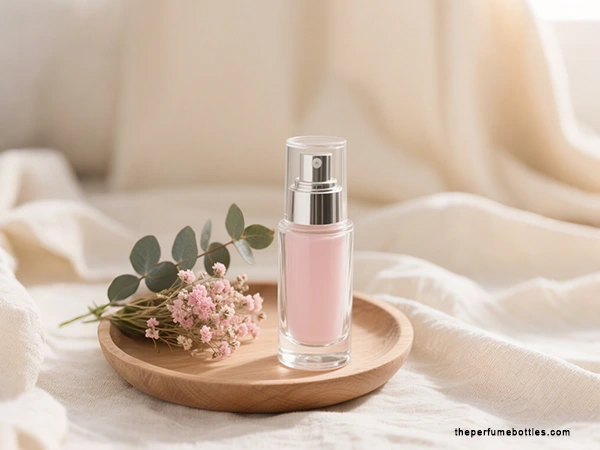
Caso di studio: flaconi cosmetici in vetro per un'azienda di prodotti di bellezza del Regno Unito
Scopri i nostri flaconi per cosmetici in vetro personalizzati per un marchio di prodotti per la cura della pelle del Regno Unito: ideali per acquirenti all'ingrosso, marchi privati e forniture all'ingrosso B2B.
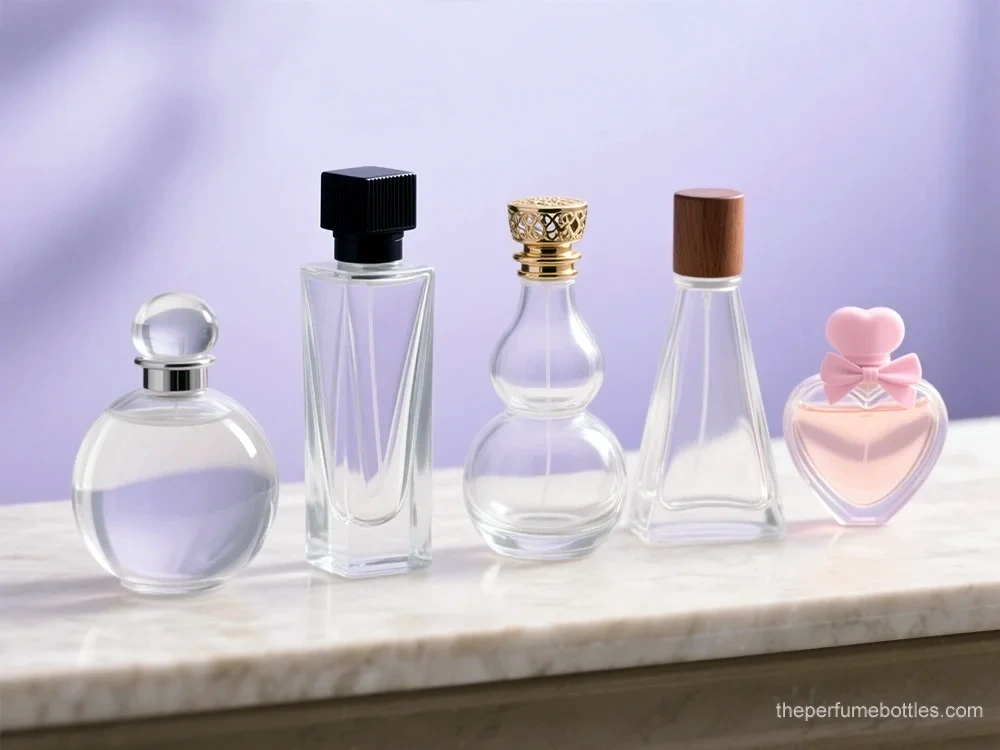
I 5 migliori produttori di bottiglie di profumo in vetro in Cina
Scopri i migliori produttori di flaconi per profumi in Cina che offrono design personalizzati, materiali ecocompatibili e soluzioni di imballaggio innovative per i marchi di bellezza globali.
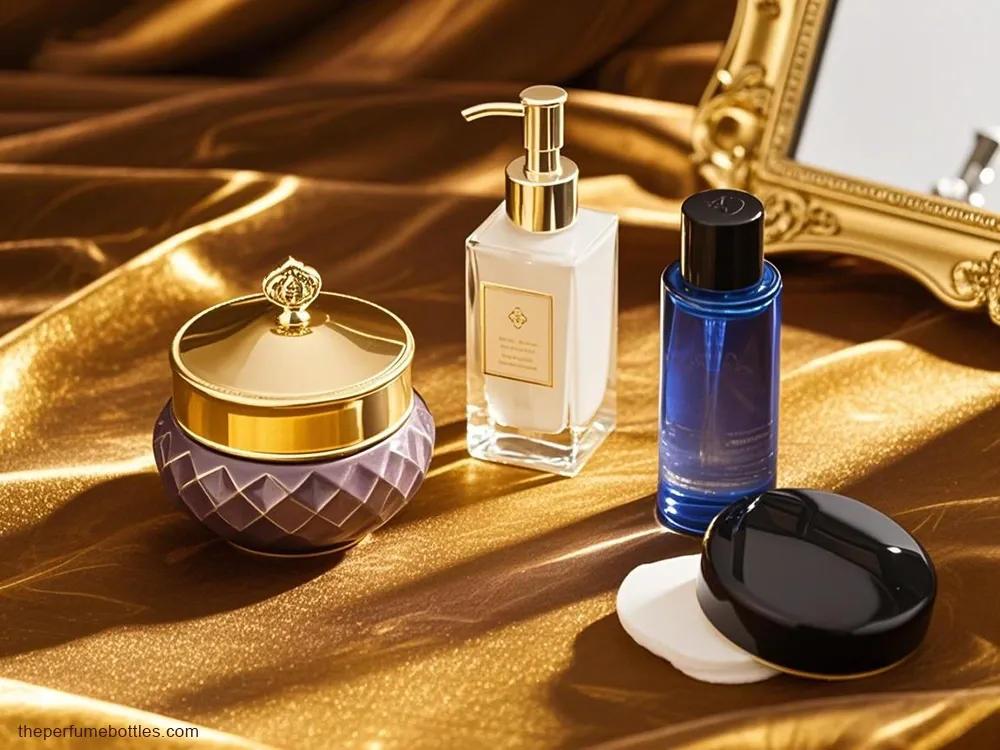
Come scegliere il fornitore giusto di packaging cosmetico per il tuo marchio
La scelta di un fornitore di packaging estetico e cosmetico è tatticamente essenziale, poiché influisce sull'identità del marchio, sulle aspettative dei consumatori e sugli investimenti nelle decisioni.
- +86 186 5178 1159
- [email protected]
- Mon-Sun 07:00-21:00
Tags

Un quadro strategico per la selezione di un fornitore di flaconi di profumo in vetro
Trova il tuo fornitore strategico di flaconi di profumo in vetro con questa guida, che mostra come il partner giusto aumenta la velocità e la crescita scalabile dei marchi di profumi.
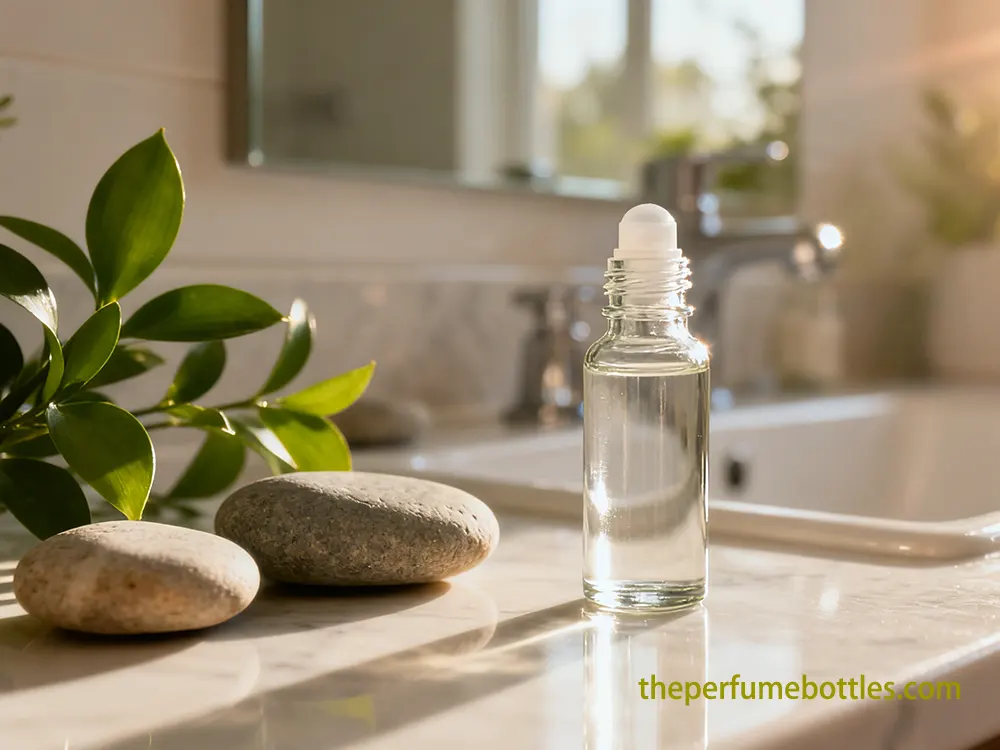
Caso di studio: i nostri flaconi in vetro con rullo sono stati consegnati in fabbrica per un marchio di oli essenziali
Uno studio di caso su come una fabbrica di bottiglie di vetro con rullo ha risolto i problemi di stabilità al rotolamento e di durata dei colli sottili per fornire bottiglie di alta qualità affidabili e senza perdite.
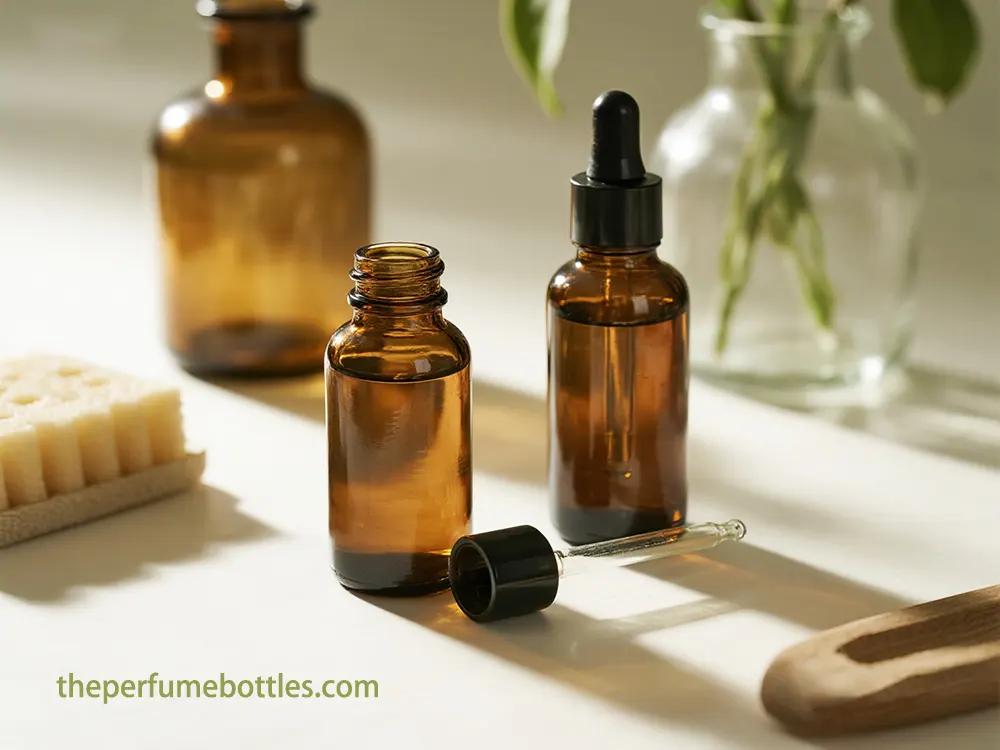
Caso di studio: come una fabbrica di flaconi contagocce in vetro ha aiutato un marchio di oli curativi
Uno studio di caso su come una fabbrica di flaconi contagocce in vetro ha aiutato un marchio portoghese di oli curativi a ottenere un dosaggio preciso, una presa migliore e un packaging personalizzato di alta qualità.
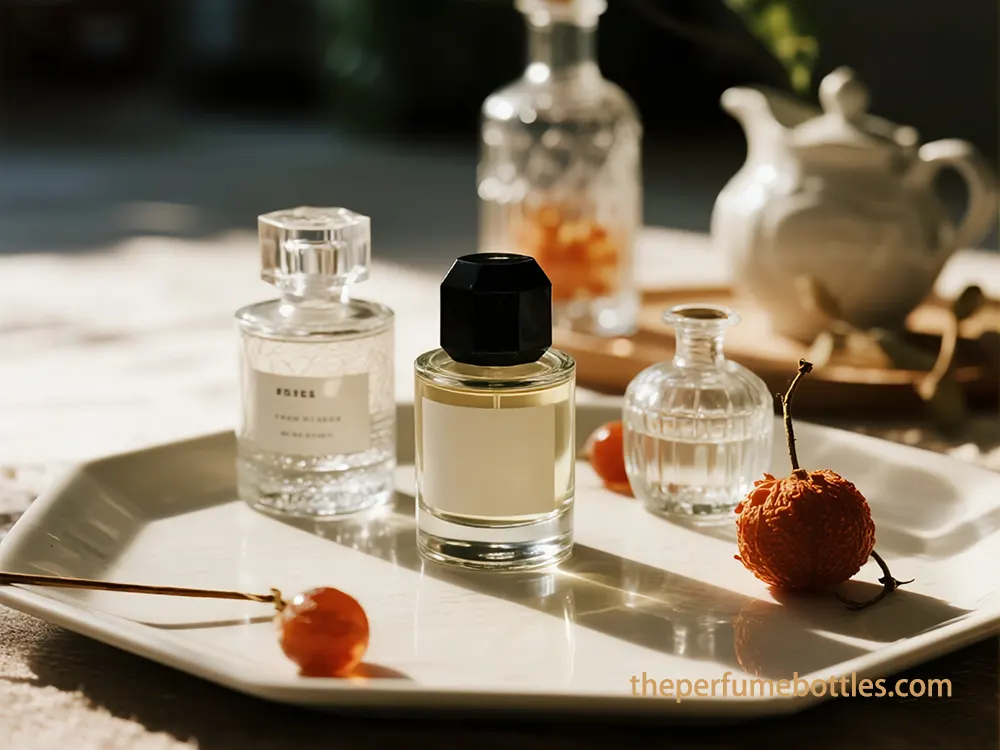
Il viaggio di una fragranza da una fabbrica di bottiglie di profumo in vetro e oltre
Scopri come una fabbrica leader di flaconi di profumo in vetro, chimica avanzata e logistica globale

